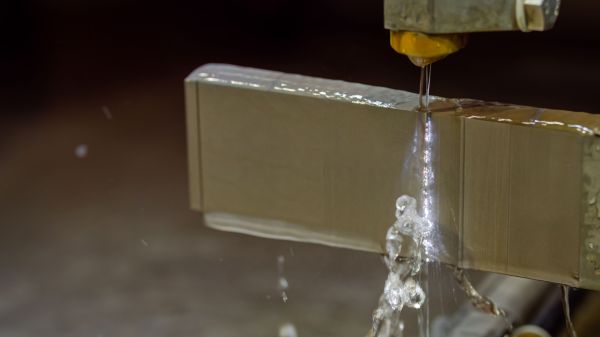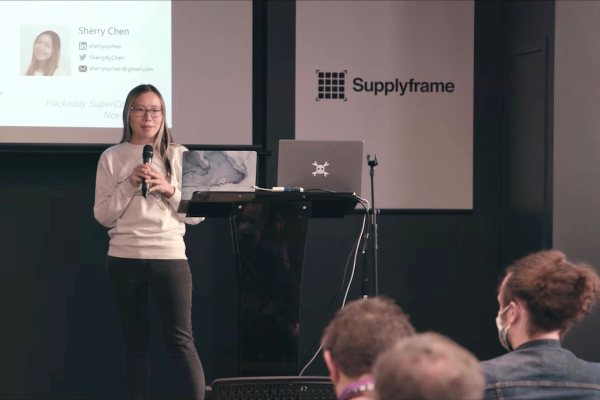Reinforced concrete is the miracle material which made possible so many of the twentieth century’s most iconic structures, but here in this century its environmental footprint makes it something of a concern. As part of addressing this problem, a team at TU Dresden in Germany have completed what is believed to be the world’s first building made with carbon-reinforced concrete, in which the steel rebar is replaced with carbon fiber.
New materials are always of interest here at Hackaday, so it’s worth reading further about the nature of the reinforcement. The carbon fiber is woven into a mesh, or as a composite material that mimics existing rebar structures. These two types of reinforcement can be combined in a composite to produce a concrete structure much lighter than traditional steel-reinforced ones. If you page through the architecture critic description, it’s this lightness which has enabled the curving structure of the Dresden building to be so relatively thin.
The carbon saving comes presumably in the lower energy cost from not smelting iron to make steel, as well as the need for less concrete due to the lightness. All we need now is a low-carbon replacement for Portland cement.
Want to know more about concrete reinforcement? We’ve got you covered.

















